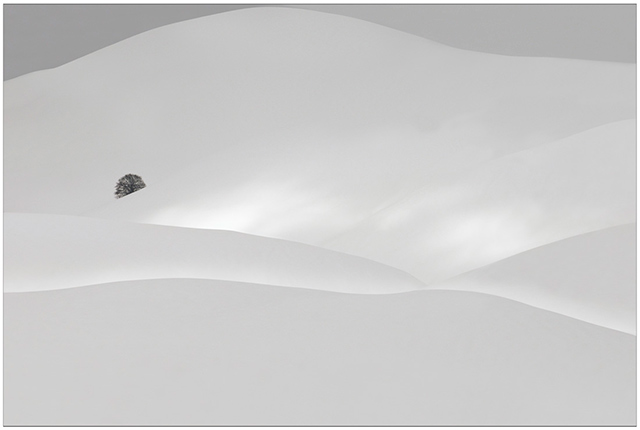
Intersection
Gusts of silence slide away gloomily. They are quiet and fleeting and trail shadowy stretches behind, while drawing landscapes of nowhere.
Describing an atmosphere with words can be just that easy. However, Tazio Secchiaroli (Federico Fellini’s set photographer) already understood the point. He truly believed that a picture is worth a thousand words. Then, how could we render the same atmosphere by photographing?
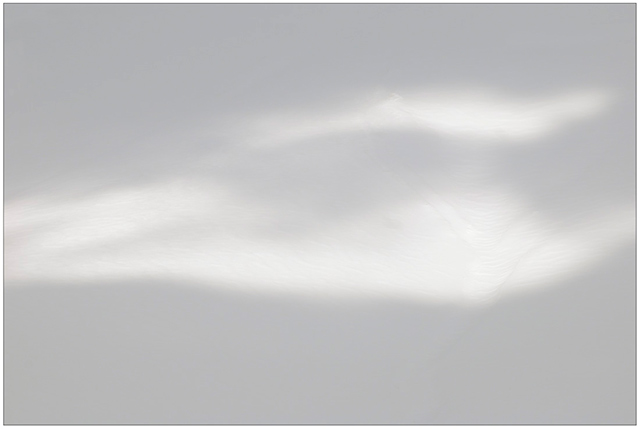
Transition I
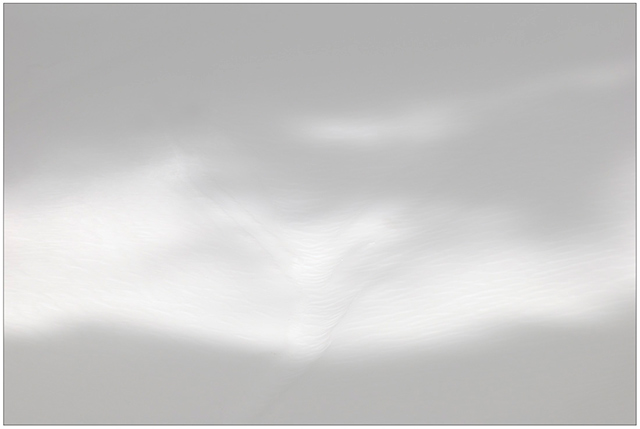
Transition II
My research has been striving for the portrayal of the immaterial for a long time. I don’t mind creating photos of the material world. What does attract me and what I choose to share is indeed what is not there, what can’t be seen but just perceived: sensations like cold, hot, loneliness, chaos, as well as a warm, involving quietness, just like the ones rarely encountered in the core of the Apennine Mountains of Italy.
Views leave their material texture to turn into nothing and can be trodden just by rare material traces: little withered branches, fences, old farmhouses, stones, and wide solitary oaks reduced to tiny trees by vast spaces and slopes.
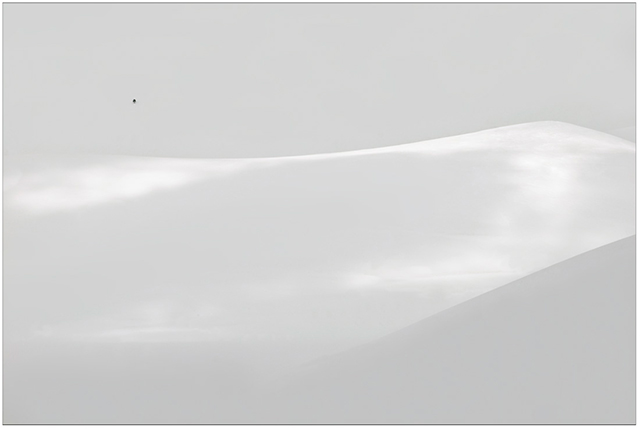
Highlander
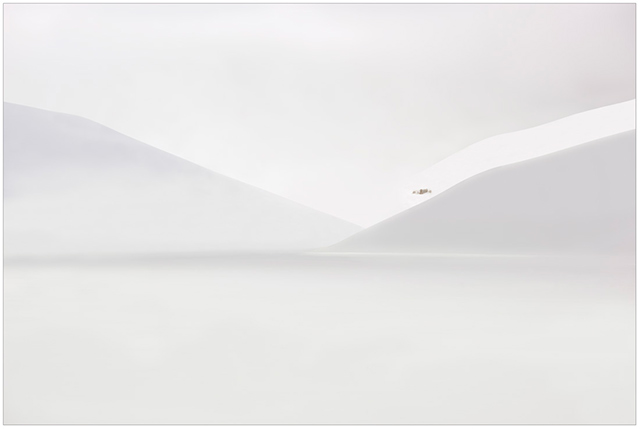
There
Traces of reality, blown away by the clouds, slide quickly on the white, running after their shadows, one after the other; they are fixed to the airy soil by a few rays of light crossing through them.
Sensations out of the light they lack; the same light I have to recover from my perception to fix it onto the detector: the only means to share them.
Shapes slowly reveal themselves: they talk to me, intersect, follow me, call me; they appear and disappear like silent, trembling rabbits living in a white magician’s hat.
Technique gives way to instinct and sharing starts. My mind gets filled with rectangles, full frames of where to arrange lines, spots and hues: small electronic paintings impressed by traces of light, cuts and waves of soft gray hues. It’s a purgatory on the edge between the swirling excesses of hell and the never-ending static nature of paradise. They are natural works which should be seized from afar, between the very moment they peep out and the one afterwards when they fade away.
When subjects do come out, they turn into souls in purgatory: they are there either in a painful stillness or in a tiring movement. I let them steal the show with their discreet presence, however the visible traces are not the only ones to shape the image by slowly passing away in frame: furrows, promontories, veins and hues, spots of light focus my gaze more than what material traces do.
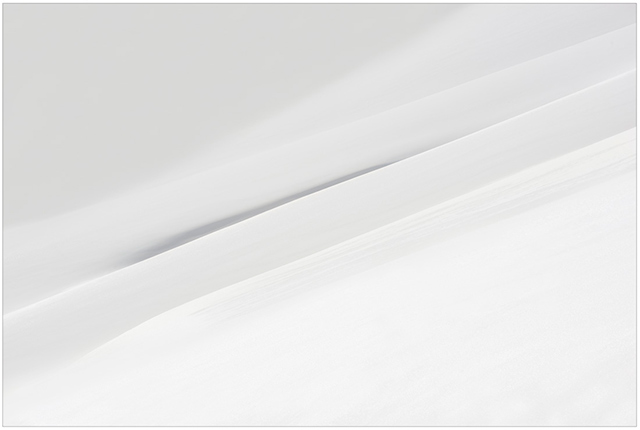
The Inside
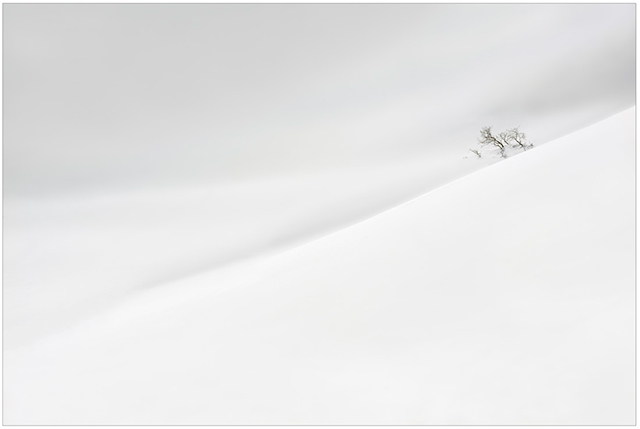
Plodding Down
It’s Perceptive Photography. It’s my own photography, the desire of representing not just what I see, but better what I perceive: a photograph of sensations taking pictures of sensations, of what is impalpable and therefore eternal, beyond fleeting solidity, beyond a common sense of watching.
That’s what happens when I let myself be drawn away by the contest, absorbing it and letting it envelop me. I do try to be one with the sounds, the perfumes, the wind… as if my body left its material estate and turned into pure energy and lived there out of space and time.
This is the only way visions frame in my mind: they are hidden photographs stamped in my unconscious and waiting to be electronically created to be shared.
The light I find is always enough to let me photograph without either a tripod or a monopod. A chosen shutter speed is suitable for the focal length I am using to avoid any blur and a faint underexposure to catch any hue, not to miss the softest traces of the shadows and the slopes.
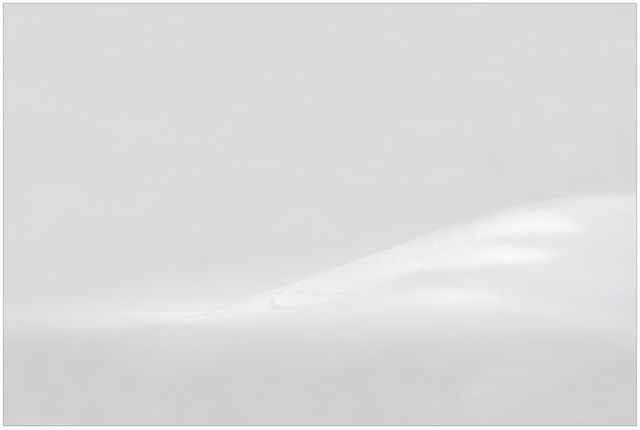
Fallin’ Angel
The rest is composition: it belongs to anybody’s visual sensibility. We can either retrace pictorial images of the past or cut off space sections telling about our sensation: the perception we feel of what we see in front of us.
Actually, I prefer matching the ethereal represented with a material sharing: I choose a refined paper, which, along with the photo, can also spread my sensations to the touch. I generally use Extra Museum paper by Hahnemhule, which I print first hand, so as to follow each phase of the process. And for the final touch, I choose the frame with care.
|
Ranch |
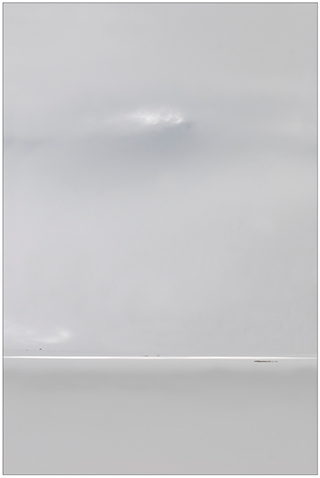
Paddock |
The result of the whole process is not just the photo exhibited, but the very sensation it conveys to the watcher. The work comes alive. It assumes its own personality and talks, now independently with the watcher, letting him be free to seep through and move around that world. By doing so, the watcher realizes his sensations and consequently, his sensations double my own.
The Process of Creating the Immaterial Photographs
by Piero Leonardi
Article and photos: © 2014 Piero Leonardi. All right reserved.

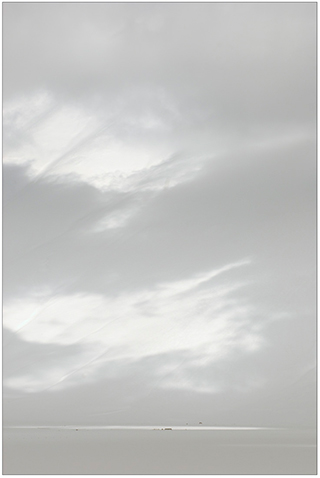
Leave a Reply